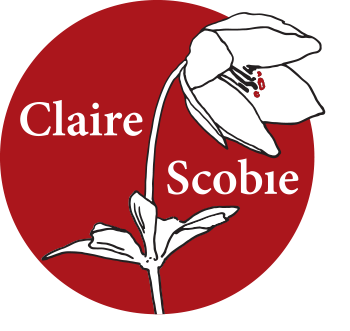18 Feb There’s no right way to write
 This month I started teaching Creative Writing at the Australian Writers’ Centre. The premise of the course is ‘There’s no right way to write.’
This month I started teaching Creative Writing at the Australian Writers’ Centre. The premise of the course is ‘There’s no right way to write.’
Of course, there isn’t. Anyone who tells you to do it their way is misguided.
Nor is there any right way to plan your book or story. Here are some of the ways I’ve heard writers do it:
- with graphs
- with pie charts where each segment is a character
- with a detailed blow-by-blow synopsis
- by planning the entire book out in their head until they sit down and begin (Ann Patchett)
- by planning nothing at all and just beginning (Sue Woolfe)
- by writing a draft, throwing most of it out and then starting again
- with mindmaps
- with a story board
- by painting the main scenes
- by dictating the project
- writing notes on pieces of paper small enough to slip between embroidery (Jane Austen)
As a writing tutor I am always hunting for techniques, tips and tools on how to make the process a little easier and quicker. In my Travel Memoir course I’ve adapted an exercise to help writers:
How to Organise Your Narrative
With the help of post-its, coloured pens and coloured paper, this exercise is a chance to your brainstorm your project. The aim is to free your mind and use instinct as a way to structure your material.
This week I decided to tackle my own fear of starting a new project by doing another version of that exercise myself. In her no-nonsense How to Nail Your Novel book, Roz Morris calls it:

The Card Game
I bought two packs of index cards and a new marker pen. I wrote out the major scenes for my new novel in big letters on the cards, with different colours for the main characters, any thoughts on themes, ideas on structure and major plot points.
I laid them out on my dining room table and shuffled them around. It soon became obvious where some cards doubled up. I took out anything irrelevant and tried to see any obvious weaknesses in the plot.
I had fun with it – and that’s the most important thing when you’re starting a big project: get excited! You need that excitement to carry you through the dreary times.
So over to you: how do you plan your writing?
